Overview
From the moment I jumped into Fuga: Melodies of Steel 3, I knew I was in for an emotional ride. As the dramatic capstone to CyberConnect2’s heartfelt trilogy, it immediately draws you in with its poignant opening scenes. While the finale delivers pure emotion and fresh twists on its core mechanics, it also carries a few rough edges. Ultimately, it stands as a solid conclusion—one that resonates strongly, even if it isn’t without its imperfections.
Overall Impressions
Fuga: Melodies of Steel 3 grabs you from the start with its heartfelt story and movie-quality scenes. Instead of basic game cutscenes, CyberConnect2 treats every moment like a short film. It features big emotional highs, quiet character moments, and striking visuals. They make you care about everyone aboard your steel tank. It feels more like watching an animated movie than playing a game. It pulls you into the story until the very end.
On the gameplay side, battles can feel a bit same-y after a while. You often fight over the same maps and face similar groups of enemies. A few boss fights drag on longer than needed. But smart enemy layouts and the game’s charming style keep each encounter engaging.
Fuga 3 stands out with its unique Melodies system that lets you borrow powers from fallen foes. Its cute chibi characters offer a fresh twist. Both newcomers and longtime fans will enjoy it.
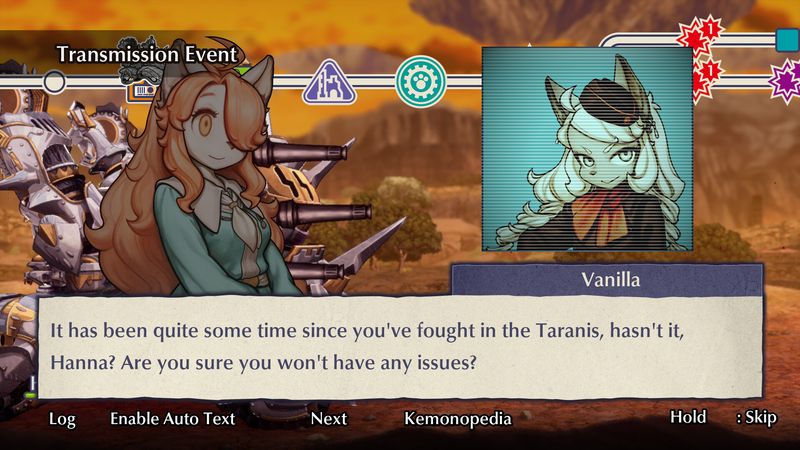
Gameplay Mechanics
Battles in Fuga: Melodies of Steel 3 feel fresh because you’re always juggling short-term power against long-term strategy. In each fight, you earn “Melodies” that you can spend immediately on a big attack or save for later. You’re constantly deciding whether to hit hard now or build up for a bigger payoff.
The morale system makes you care about every child in your crew. When stress gets too high, you must choose between firing someone or healing them. Those choices can really change how a fight goes. Every turn becomes a tense, meaningful decision rather than mere button-mashing.
You will revisit the same maps looking for better loot, and after a while those runs can feel repetitive. Still, the game’s pretty art style and clever enemy placements keep things from growing dull. When it nails its big moments—like that ambush on the frozen bridge with a raging storm and the heartbreaking loss of an ally—you remember why you’re here. Those standout scenes of sadness mixed with hope are what make Fuga 3 a memorable tactical RPG.
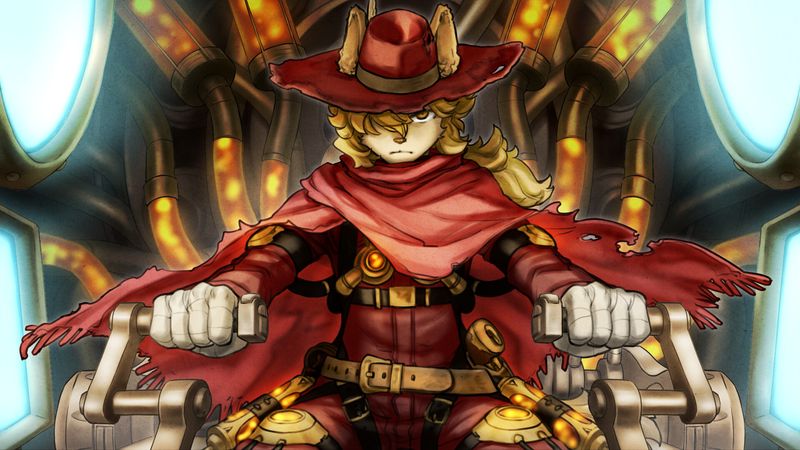
Story and Characters
Fuga: Melodies of Steel 3 picks up and wraps up story threads from the first two games in a way that feels both satisfying and emotional. You guide familiar faces and new friends through their toughest challenges yet, watching them grow and rely on one another. Key moments—like the powerful scenes between Murasame and Mea—hit hard, making you share in their triumphs and heartbreaks.
The game builds a living, war-torn world around you. You explore ruined towns, icy fortresses, and secret labs, each location hinting at the continent’s lost history. Optional lore entries scattered throughout encourage you to dig into every notebook and piece together the past.
Between battles, the heart of Fuga 3 really shines in its campfire chats. Here, your squad’s bond comes alive as they joke, tease each other’s quirks, and offer support when things get dark. These moments of laughter and comfort make your team feel real. When the next fight comes, you’re not just playing characters—you’re fighting for friends. That mix of lighthearted downtime and high-stakes drama gives Fuga 3 its lasting emotional pull.
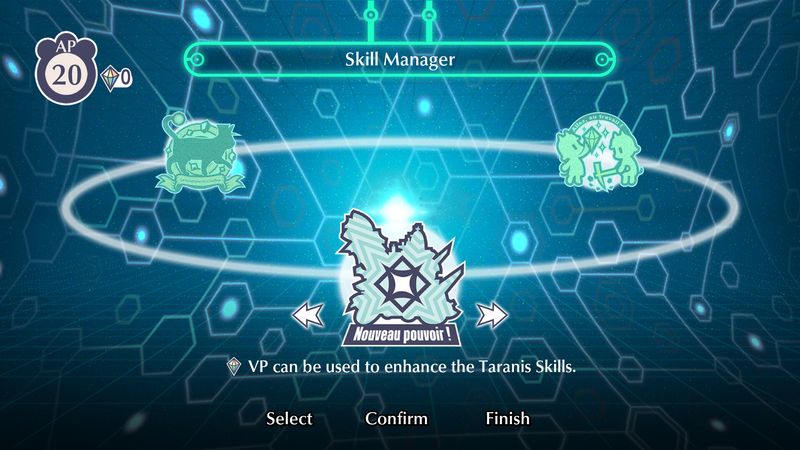
Visuals and Graphics
Fuga: Melodies of Steel 3 pairs its cute chibi characters with really detailed backdrops. You’ll see little heroes running across battlefields full of rusted gears, muddy tracks, and drifting snowflakes. Each tile feels alive thanks to careful, hand-painted detail. The skies shift from calm snowfall into fierce storms, adding drama to every encounter.
Cinematic cutscenes use full-3D models and bold camera angles to make key story moments feel like mini animated movies. On both PC and consoles, the game runs smoothly with almost no frame-rate hiccups—even during the biggest fights. High-resolution textures stay sharp in any light, so metal gleams and fresh snow look crisp. By balancing adorable character designs with gritty, realistic settings and steady performance, CyberConnect2 keeps you fully immersed. Every scene feels both charming and believable, drawing you deeper into Fuga 3’s world.
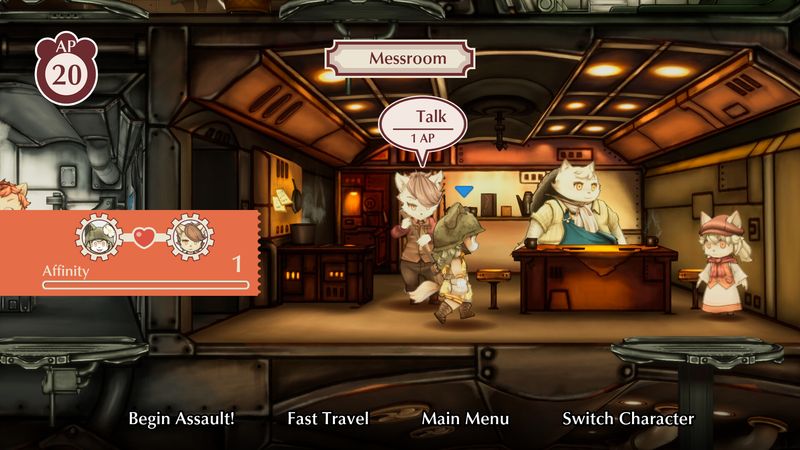
Sound and Music
Fuga: Melodies of Steel 3’s music moves you from quiet piano moments to big, heroic battle themes that stick in your head long after you stop playing. The main song on the title screen sets the mood right away. It returns at key moments to pull on your heartstrings. Whether you’re sneaking into a tense fight or watching a touching cutscene, the soundtrack always brings out the emotion and makes you want to hum along.
The game’s sound effects and voice acting add even more depth. Cannon blasts and gear clanks land with real weight, and even clicking through menus feels satisfying. You can choose English or Japanese voice tracks, and either way the children’s laughs, cries, and determined shouts feel genuine. Together, the music, sounds, and voices work as a team to draw you into Fuga 3’s world and make every moment—from the calm before battle to the triumph of victory—feel alive.
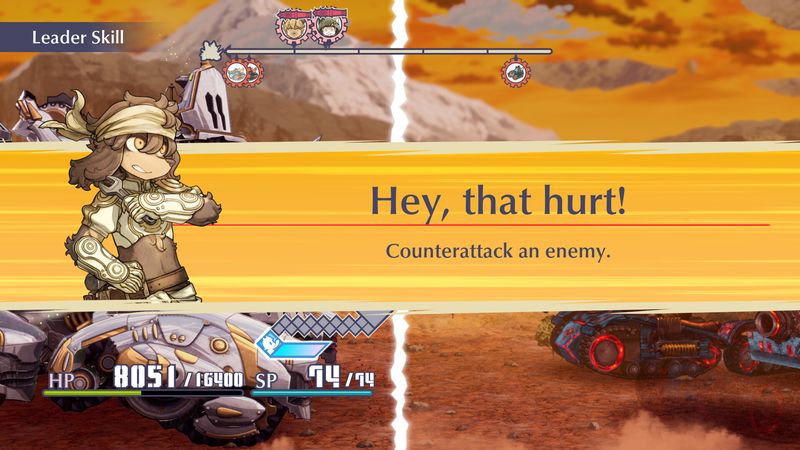
Difficulty and Replayability
Fuga: Melodies of Steel 3 offers several difficulty levels so every player can find the right challenge. On Normal, fights stay fun and fair without feeling too easy or too punishing. For something tougher, Hard mode throws deadly enemy combos and aggressive AI at you. You’ll need to plan each move and use your Melodies wisely to survive.
While early chapters can feel straightforward once you master your favorite builds, the game wisely turns up the heat later on. New enemy types and trickier maps force you to adapt rather than just grind levels or gear. The real draw for repeat play is how many different endings and secrets there are to uncover. Major story choices and character fates branch in meaningful ways, so you’ll want to go back and see what happens if you make different calls.
Hidden items and optional kids to recruit give you plenty of reasons to revisit old maps, chase every notebook entry, and fill out your full team. Between the branching paths and the hunt for every collectible, Fuga 3 rewards clever planning and thorough exploration, making each new run feel fresh.
Developer Trivia and Behind the Scenes
By powering Fuga: Melodies of Steel 3 with their proprietary Unreal Engine, CyberConnect2 achieves a significant technical milestone for the series. This shift unlocks fully rendered 3D cutscenes for the first time, delivering cinematic camera angles, fluid animations, and polished visual effects that rival animated features. As a result, players on both PC and consoles experience seamless performance and immersive storytelling, where every dramatic moment—from heart-wrenching reveals to epic boss introductions—feels larger than life without compromising frame rate or graphical fidelity.
Moreover, the art team’s commitment to authenticity shines through their Eastern Europe research expedition, where designers studied real-world tanks, architecture, and landscapes to inform every weathered fortress and rusted battlefield tile. Complementing these painstaking visual details, composer Chikayo Fukuda deliberately prioritized “emotional resonance” over bombastic battle anthems, weaving softer piano motifs into pivotal story beats. Consequently, each musical cue not only underscores the game’s heartfelt narrative but also lingers in your mind, making the world of Fuga 3 feel deeply human and emotionally charged.

Final Thoughts
Fuga: Melodies of Steel 3 wraps up this trilogy with heart and style. It won’t revolutionize tactical RPGs, but it delivers a powerful story and memorable characters. The combat loop can feel familiar, yet it stays fun thanks to clever systems. The visuals, music, and voice acting lift it higher than many peers. If you seek a cozy yet emotionally impactful adventure, this epic journey is for you.
Rating: 4.5 out of 5 stars
Strengths and Standout Features
Fuga: Melodies of Steel 3 truly shines thanks to its deep emotional storytelling and charming art style, which combines endearing chibi characters with cinematic 3D cutscenes that feel straight out of an animated film. Not only does the unique Melody system elevate strategic combat by creating rewarding risk-reward decisions, but the memorable soundtrack and polished voice performances also cement the game’s emotional impact. On top of that, multiple endings and abundant replay value give players plenty of reasons to dive back in, ensuring that every playthrough can reveal new scenes, secrets, and character moments.
Areas for Improvement and Replay Motivation
That said, some battle repetition and minor pacing slowdowns in the midgame can interrupt the otherwise engaging flow, especially when grinding for rare loot requires revisiting familiar maps. While these loops remain “repetitive but fun,” they may feel a bit drawn out for those seeking nonstop variety. Nevertheless, the game’s strengths far outweigh these drawbacks—so much so that I’m already planning a second run to uncover hidden scenes and new endings. As Fuga 3 closes this beloved trilogy, it leaves me both satisfied and excited for whatever heartfelt adventure CyberConnect2 creates next.

